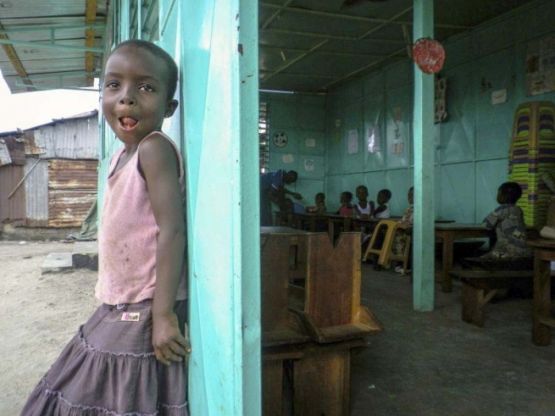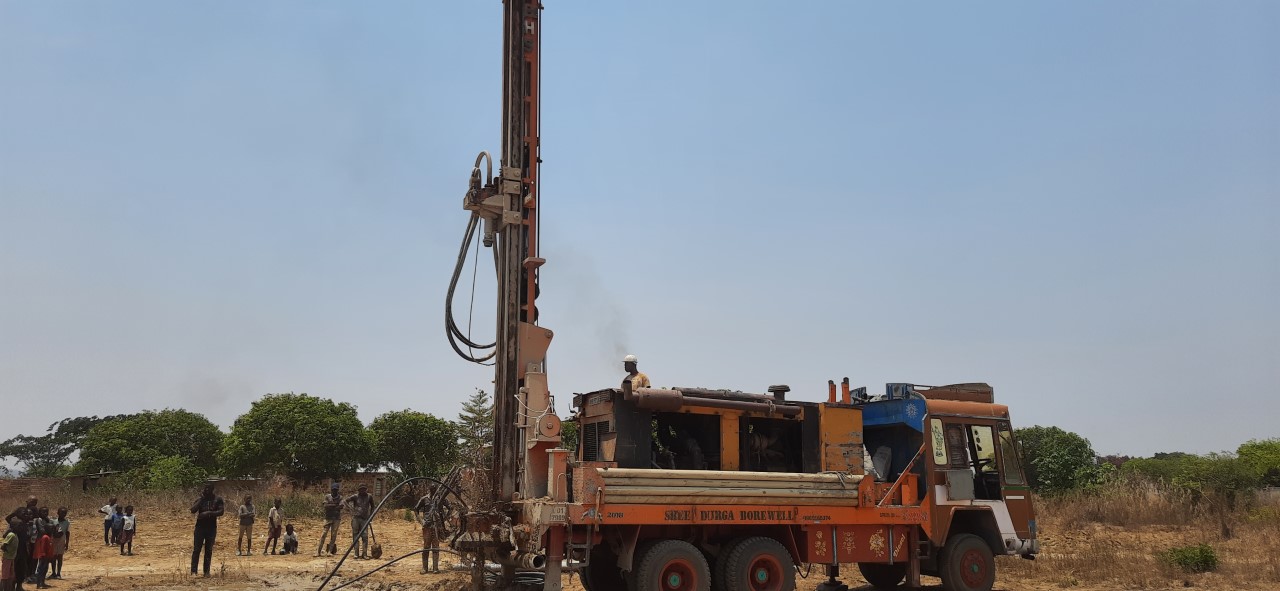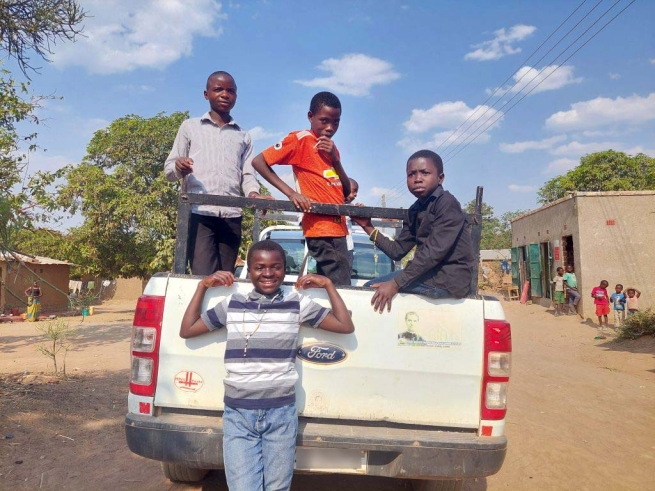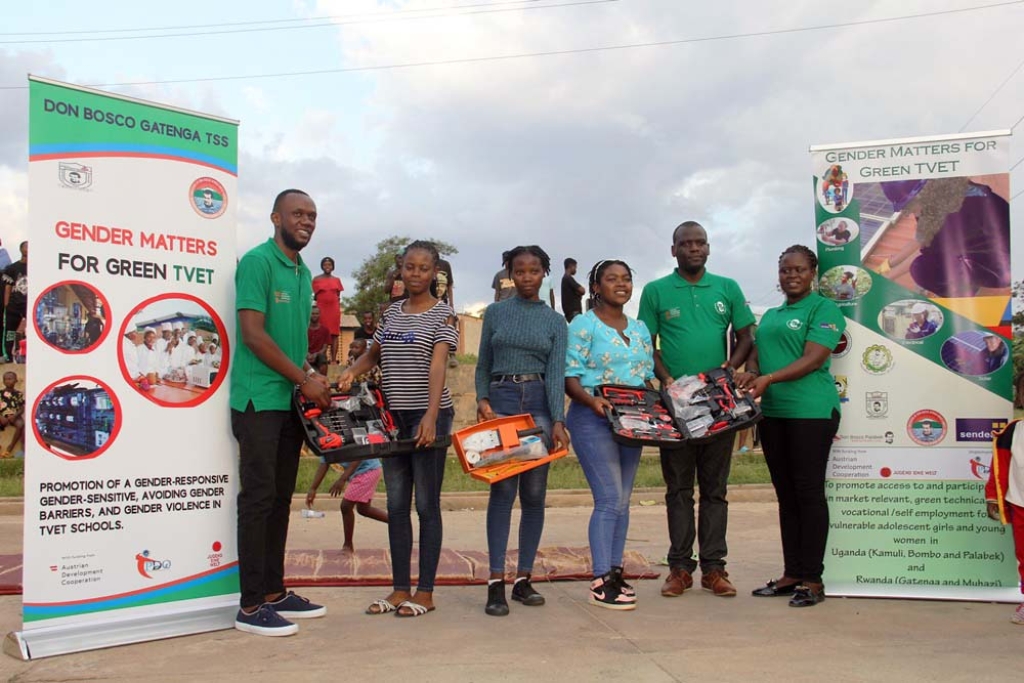WORLD DAY AGAINST CHILD LABOR: Salesian Missions highlights educational and social programs that combat child labor

(MissionNewswire) Salesian Missions joins the International Labor Organization and other organizations around the globe in honoring World Day Against Child Labor. Launched in 2002, the day focuses attention on the global extent of child labor and the action and efforts needed to eliminate it. Each year on June 12, the United Nations, governments, employers’ and workers’ organizations, and civil society, as well as millions of people from around the globe, highlight the plight of child laborers and what can be done to help them.
The International Labor Organization sets a theme for World Day Against Child Labor corresponding to a current or future challenge. This year’s theme is focused on the global need to improve the safety and health of young workers and end child labor. The International Labor Organization notes that there are 168 million children worldwide trapped in child labor, accounting for almost 11 percent of the overall child population: 100 million boys and 68 million girls. Around half are engaged in hazardous work, and nearly 60 percent of child labor takes place in agriculture.
Child labor is associated with lower educational attainment, and later in life, with jobs that fail to meet basic decent work criteria. Those who leave school early are less likely to secure stable jobs and are at greater risk of chronic unemployment and poverty. Many of those who have left school early, particularly between the ages of 15 to 17, are engaged in work that is hazardous and classified as the worst forms of child labor.
“Children who are compelled to work, even for a fraction of the day, are deprived of the education they need to learn valuable skills that lead to stable employment later in life,” says Father Mark Hyde, director of Salesian Missions, the U.S. development arm of the Salesians of Don Bosco. “Unfortunately, in many situations, children are being forced to work around the clock with barely enough time to eat, let alone study, and their prospects in life are diminished.”
In honor of World Day Against Child Labor 2018, Salesian Missions is proud to highlight Salesian programs around the globe that help to eliminate child labor through quality education.
BENIN
Salesian sisters with the Daughters of Mary Help of Christians are in the process of starting a new reception center near Dantokpa market, the largest open-air market in West Africa, located in Cotonou, Benin. The Daughters of Mary Help of Christians have been active in the Dantokpa market since 2001, where they have been working for the reintegration of the “vidomegon” into society and their families of origin.
Vidomegon, as they are known, are a legacy of colonial custom. In the past, young girls from rural households were entrusted to a tutor to ensure the girls had access to a better education. Today, these young girls are often sold into slavery by the poorest families and employed as low-cost laborers. Vidomegons are victims of psychological and physical violence of all kinds. Their childhoods are spent working in private homes and in markets. These young girls spend their lives working day and night, sleeping under benches and they are often exploited and abused.
The new reception center entails the construction of a new building at the “Maison de l’Esperance,” a Salesian center for girls who have already begun to change their lives. The main objective of the initiative is to provide young girls with a place where they can sleep in total safety, but also to raise awareness and provide support activities. In addition to receiving comfortable mattresses to sleep on, the girls will be followed by a psychologist and an assistant who will help them to overcome the traumas suffered and to access skills training in order for them to gain a better life. Many become bakers, cooks and pastry makers.
The girls first enter the program right in the market at Barra Vidomegon, a Salesian shelter where girls can rest, ask for help and find support participating in recreational activities. After they are provided information about the Salesian center, they can choose to formally enter the program. The new reception center will be a girls’ dormitory that accommodate up to 70 girls each night.
COLOMBIA
Don Bosco City has been working with youth for 52 years and has saved more than 1,300 youth from a life of violence. It is estimated that close to 6,000 minors are still utilized as child soldiers with thousands more having reached their 18th birthday after years of combat. The long rehabilitation process focuses on three things youth need to learn—how to trust, to have hope for the future and to build relationships with others. Psychologists and teachers work together with youth, giving them the tools for a better future, including providing basic education and more advanced skills training that will lead to stable employment.
Don Bosco City is one of the oldest and largest programs for street children in Latin America. Since its start in 1965, the program has rescued more than 83,000 boys and girls. Through the program, Salesian missionaries offer a multi-pronged approach designed to address the broad social issues that contribute to the poverty and exploitation these youth face while training them in the skills necessary to break the cycle of violence and poverty. Currently, there are 900 youth between the ages of 8 and 12 living and receiving education at the program.
GHANA
Salesian missionaries have two centers in the urban area of Accra, the capital and largest city of Ghana. Salesian missionaries provide a home for children and older youth who have been victims of child trafficking. Currently, the Salesian house has 51 children from the ages of 7 to 16. Often, they are known as “wheelbarrow boys,” children of extremely poor families with many children who work as unskilled workers pushing and carrying diverse materials with carts and wheelbarrows. Other youth come from the gold and diamond mines, where they are utilized because they are small and move about easily.
Children face extensive hardships from being exploited in child labor to being sold by their relatives, often to pay off some debt. In the Lake Volta region, it is estimated that there are approximately 21,000 children and teen laborers who have been prevented from attending school.
Concerned, Salesian missionaries have also launched the Child Protection Center. Children come to the Child Protection Center from referrals from other nonprofits and from the police, usually following a complaint. The center offers shelter, counseling and education to help children make the transition out of trafficking and into long-term recovery. Often arriving at the center injured, with low self-esteem and little hope for the future, many become comfortable and settled into their new surroundings within a few weeks.
Academic classes are offered in the morning, after which students are able to participate in group activities with their peers such as theater, music, dance, sports and games. Through the program, participants learn life skills, gain confidence and prepare for a happy, healthy future.
INDIA
The Salesian-run Bangalore Oniyavara Seva Coota (BOSCO), located in Bengaluru (formerly Bangalore) and the third most populous city in India, serves child laborers, victims of child abuse and youth who are orphaned, abandoned or live on the streets. Nine BOSCO rehabilitation centers and six outreach hubs are spread throughout the city to assist these children in need.
During its nearly 40-year history, BOSCO has helped improve the lives of more than 125,000 children and rescues and rehabilitates close to 7,000 children each year. Many children living on the streets are runaways who have left home in search of work or to escape violence or other family difficulties. According to UNICEF, more than 40,000 children are reported missing every year in India. Of these, close to 11,000 remain untraced. As many cases go unreported, it is suspected that the actual number of missing children is much higher. Many runaways come to major cities like Delhi, Mumbai, Kolkata and Bengaluru in search of work and a better life. The majority of them live on the streets and on the country’s railway platforms where they beg, steal or perform menial jobs to survive. All too often, they fall victim to child traffickers.
Once youth are identified by BOSCO and convinced to come in off the street, their basic needs are provided for, such as housing, food and clothing. In addition, they receive counseling and, if appropriate, are reunited back with their families. Education is also a primary component of BOSCO and is provided to those in the rehabilitation program while those who are returned to their families have access to Salesian schools throughout India. Youth who continue their education are more likely to find and retain stable employment later in life and break the cycle of poverty.
###
Sources:
BENIN: New dormitory provides safe haven for young girls kept as child laborers
INDIA: BOSCO Helps to Provide a Second Chance for At-Risk and Marginalized Youth




